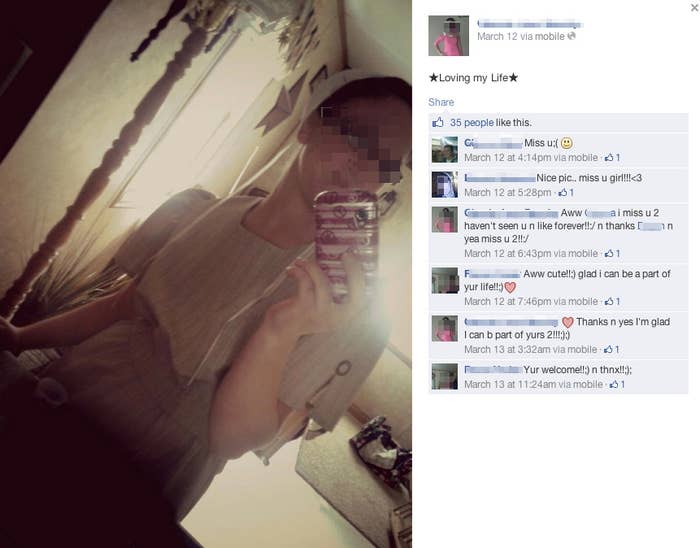
Starting in their mid-teens, Amish teenagers enter Rumspringa (translated: "to run around"). It's a time when they can toss aside many of the Amish rules; during weekends, they're free to explore the outside world from which they've been largely absent. At Rumspringa's end, the teenagers make a choice: to leave their community, or to accept Baptism and stay.
There is a huge spectrum in terms of how much different Amish communities embrace the modern world, even during Rumspringa. But the more liberal ones party hard, take road trips, watch tons of television, dress like non-Amish — and embrace the internet.
Computers are still rare, since they're much harder than phones to charge on solar- and battery-operated generators, or car batteries, which they use instead of regular electricity. (Rumspringa kids usually live at home, despite common misconception.)
But iPhones are coveted. Teens in Rumspringa can be found texting and messaging constantly ("off work nw let start da wknd;)lol," wrote one Amish girl on Facebook).
YouTube, too, is big. As for social media, some post on Instagram, tweet, and join Meetme (which Noah Hershberger, a 22-year-old who recently left the Amish, describes as "a perverted site with lots of girls looking for sex"). No other site, however, has taken off as massively as Facebook amongst the Amish teens. Everyone is on Facebook.
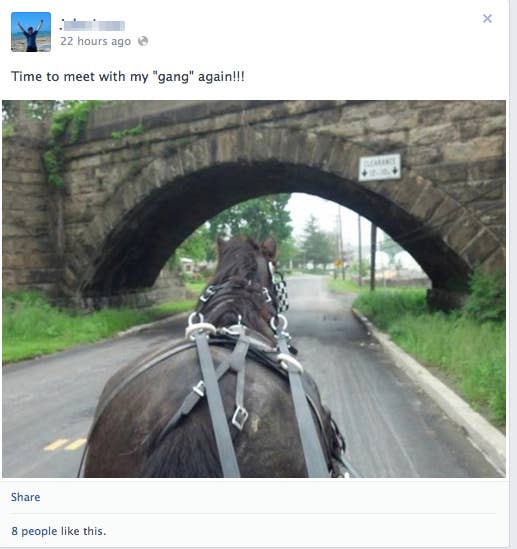

Since kids on Rumspringa are determinedly social (they are looking for spouses, after all), they don't spend hours alone online. They use tech and social networking with purpose bordering on urgency. When I asked Noah what's different about how the Amish use Facebook, he suggested that they use it more so than non-Amish do. It's critical for a Rumspringa social life.
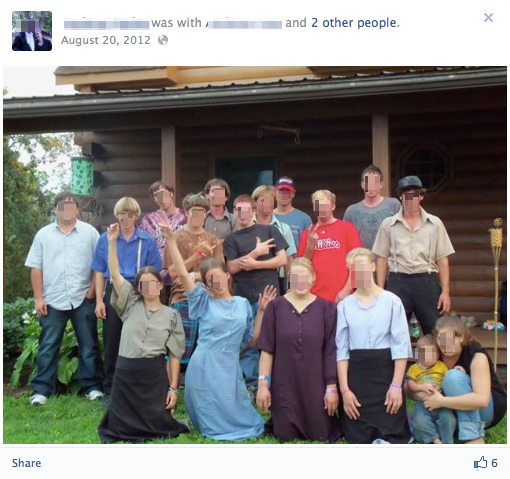
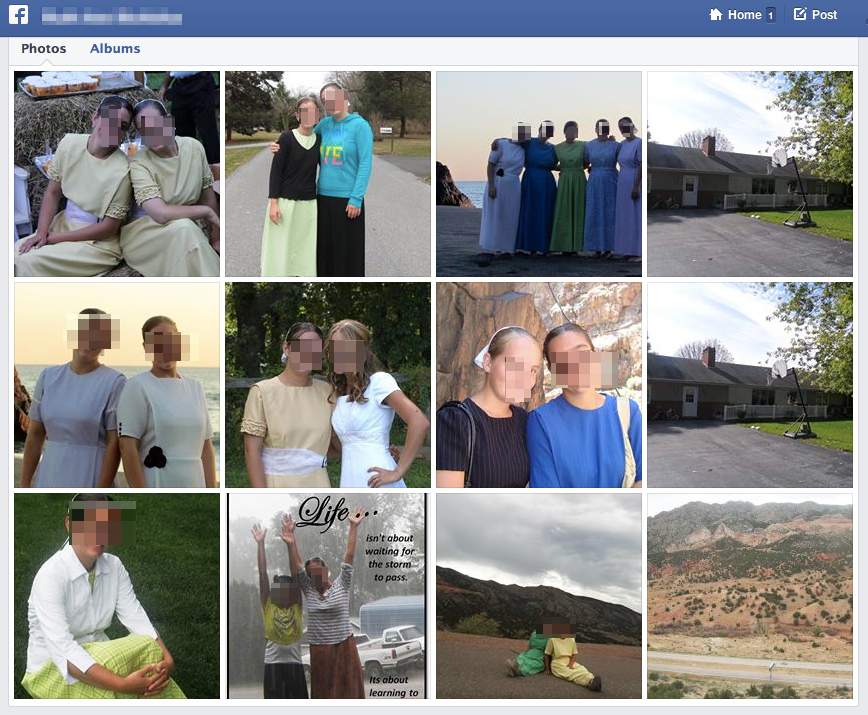
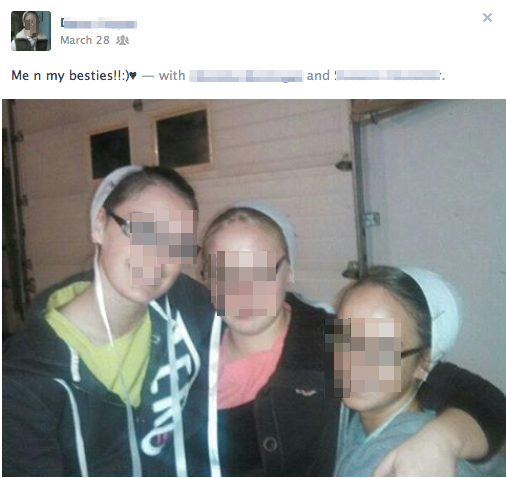
One particularly visible result of Rumpsringa is massive parties, which draw Amish teens from multiple states. Texting has made them even bigger, and easier to coordinate. "They network like only Amish people can," says Chris Weber, who counsels Amish teens about drug and alcohol abuse. "We used to have parties, but it was not this easy to find them. Now it doesn't take long to set it up and 700 kids show up. Everyone is connected, everyone is texting everyone."
After the parties, the pattern is familiar: Attendees post photos, thank the hosts, and get stoked for the next one. Plus, Facebook helps them stay in touch with people they meet at those parties and maintain long-distance relationships.
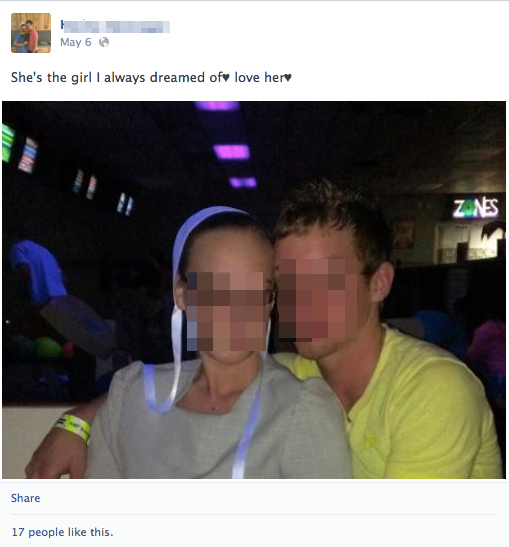
Rumspringa's unofficial motto is "What happens in Rumspringa stays in Rumspringa." But that doesn't stop teenagers from creating a lasting record of their exploits on Facebook.
"They watch what they post," says Noah. "Like, they shy away from sexual comments or posts on Facebook because it can give them a bad reputation." But when it comes to party shots, of them and their wasted friends, it seems like there is no holding back. (Amish teens are perhaps the ideal audience for SnapChat, but it hasn't yet caught on.)
It helps that their parents don't often understand social media or apps; in fact, the majority of their parents can't really fathom them. This, it turns out, makes it difficult to provide any guidelines, or establish any rules — not that kids on Rumspringa would have to listen. "They are free at that point and aren't under supervisory thumbs," says Weber.
One thing they are careful of: tipping off the cops. This means no posts announcing parties on Facebook. "There are a lot of underagers, so they will forward a text message around with the address, time, and whatever of the party," says Noah. "Parents know about [the drinking], but there are cops around."

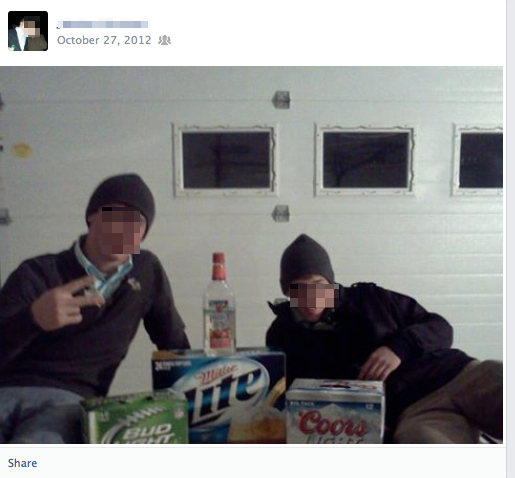
All things considered, these teenagers are pretty tech-savvy. But there is also a sweet lack of sophistication. "They love the stuff, but they don't have a lot of experience with it," says Weber. "So they are just as geeked out about the little goofy things that my 9- and 11-year-olds are."
Common memes go viral with non-Amish, but so do old-school, chain letter–style "do this or you'll be jinxed" images. The most popular are the ones with Christian themes.


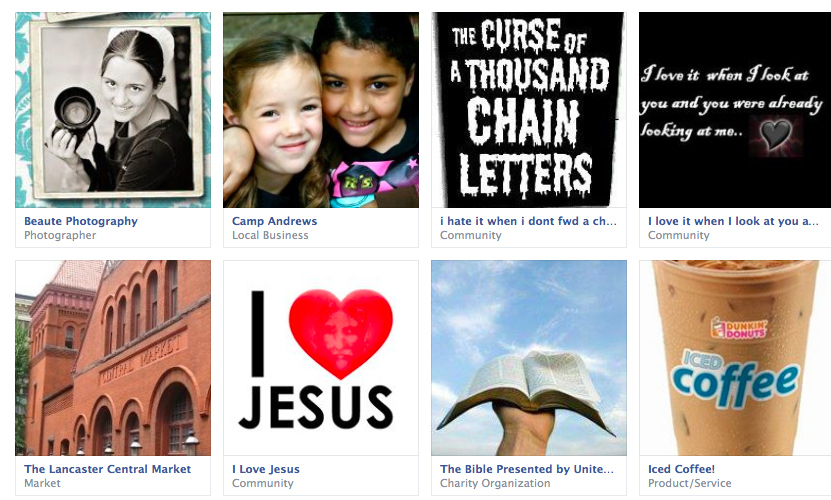
Facebook also creates a new avenue for publicly showing off a new Rumspringa identity, and everything that entails.
Culturally, Amish tend to eschew the spotlight. "They have no interest in being famous, not even among friends," says Weber. "It is just deep in their bones that they don't want a lot of attention." Most refuse to even be photographed.
Amish are known for scorning materialism. The focus is on the good of the group, not the individual. But during Rumspringa, it's all about the selfies and showing off your new non-Amish haircuts and fashion.
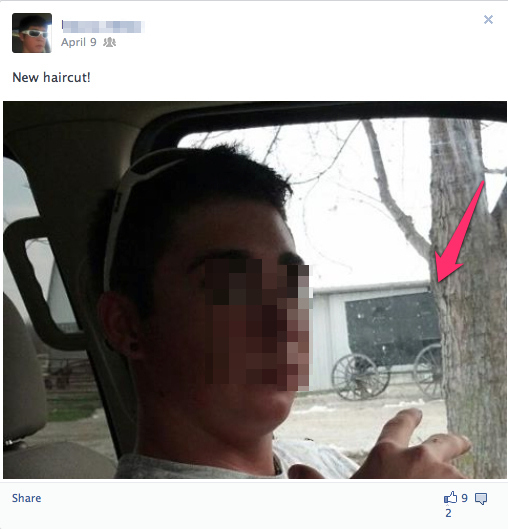
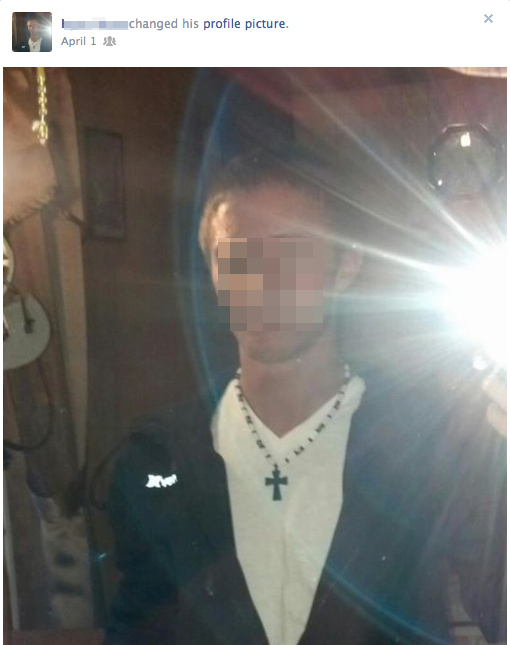
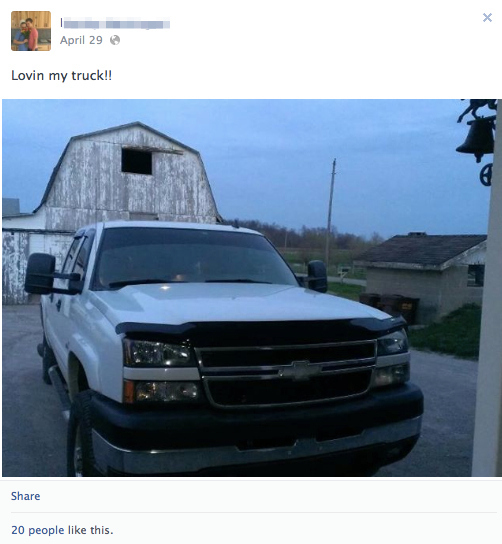
One thing these teenagers don't use the internet for is meeting non-Amish; even online, a sense of community overwhelms all else. Amish boys, like any guys, watch porn on "tube" sites. They check out hot "English" (non-Amish) women on Meetme.com but don't message them directly. "The average Amish person on Meetme is a just curious guy. They kinda keep to themselves," explains Noah. "As long as it's another Amish teen, like, out of state, they will likely talk to them, but very seldom to non-Amish people."
They are mostly using technology to facilitate the kinds of things they would do anyway, not as an end in and of itself. One of the best ways to get ridiculed by Amish teenagers? Tell them you play Angry Birds, or any video game. To them, that's an immature waste of time. "They kind of think it is stupid," says Weber. "They are very practical; they think it is childish."
The irony of people wasting their time on Farmville is definitely not lost on them.
